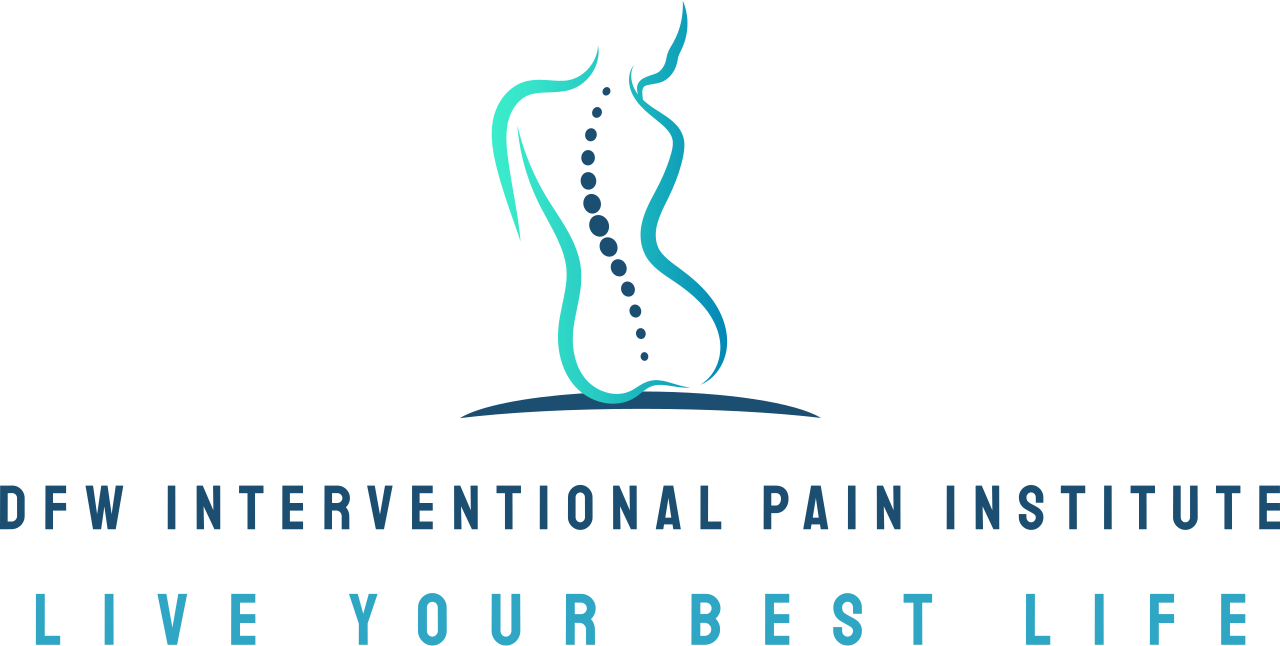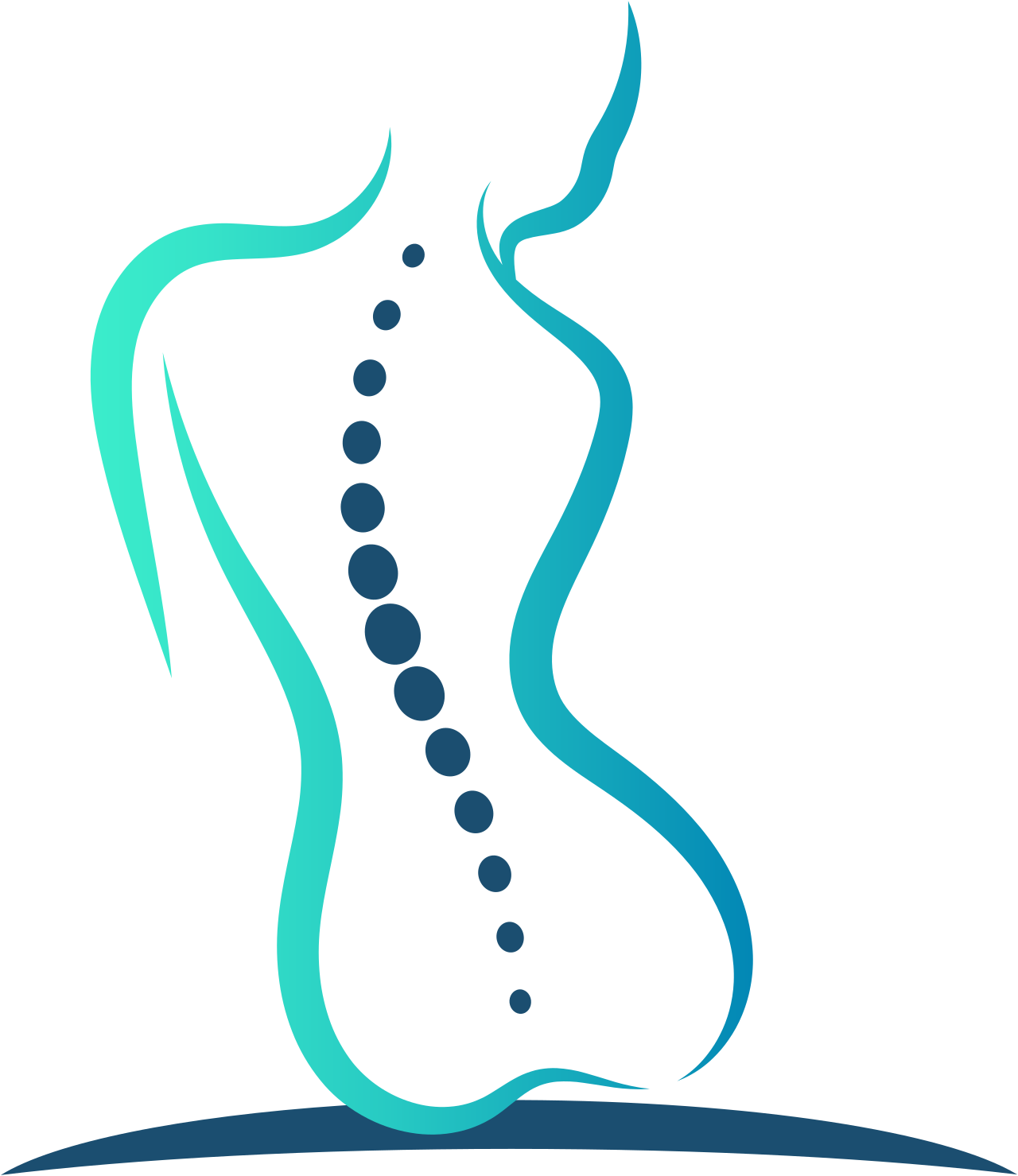Muscle twitches vs. muscle spasms: Understanding the differences and how to manage them
When it comes to muscle issues, terms like "muscle twitches" and "muscle spasms" are often used interchangeably. However, they refer to different conditions with distinct causes, symptoms and treatments. Many patients also see these as some of the first signs they may be dealing with a condition that pain management can help with. This blog post aims to clarify the differences between muscle twitches and spasms, helping you understand which condition you might be experiencing and how to address it.
What are muscle twitches?
Definition of a muscle twitch
A muscle twitch, also known as a fasciculation, is a small, involuntary muscle contraction and relaxation that can occur in any muscle (emphasis on ANY) within the body. Twitches are usually subtle and may go unnoticed unless they happen frequently or in visible muscles. Many times, twitches occur in muscles that are smaller and unnoticed until a twitch occurs, such as the muscles around your eye.
Causes and triggers
Common causes of muscle twitches include:
Stress and anxiety: High stress levels can lead to muscle tension and subsequent twitches.
Caffeine and stimulants: Excessive consumption can overstimulate muscles.
Nutritional deficiencies: Lack of essential nutrients like magnesium and calcium can lead to twitches.
Physical activity: Overexertion or sudden changes in activity levels can trigger twitches.
Duration and frequency
Muscle twitches are usually brief, lasting a few seconds to a couple of minutes. They are often sporadic but can occur frequently if the underlying cause is not addressed.
Pain levels
Most muscle twitches are painless, although they can be annoying or uncomfortable if they occur persistently in the same area.
Diagnostic methods and medical advice
Diagnosis typically involves a physical examination and review of medical history. Electromyography (EMG) may be used to measure electrical activity in muscles if twitches are frequent and persistent. A pain management doctor like Dr. Edrick Lopez can help determine the cause of the twitch and help with a solution.
Treatments and preventive measures
Lifestyle changes: Reducing stress, limiting caffeine, and ensuring a balanced diet.
Hydration: Drinking plenty of water to prevent dehydration-related twitches.
Rest: Adequate rest and muscle recovery post-exercise.
Supplements: Taking magnesium or calcium supplements if deficiencies are identified.
Impact on daily activities and overall health
Muscle twitches are generally benign and do not significantly impact daily activities or overall health. However, persistent twitches may require lifestyle adjustments to address underlying causes.
What are muscle spasms?
Definition of a muscle spasm
A muscle spasm, or cramp, is a sudden, involuntary contraction of a muscle that can be intense and painful. Unlike twitches, spasms involve a larger area of muscle tissue and can be debilitating. At DFW Interventional Pain Institute, we typically treat more patients with chronic muscle spasms (or chronic muscle cramps) because the issue can cause pain that interferes with daily activities.
Causes and triggers
Muscle spasms can be triggered by:
Dehydration: Loss of fluids and electrolytes can cause muscle cramps.
Overuse or fatigue: Intense physical activity without proper warm-up or recovery.
Poor blood circulation: Conditions that reduce blood flow to muscles.
Nerve compression: Issues like sciatica can lead to spasms.
Medical conditions: Conditions such as multiple sclerosis or kidney disease.
Duration and frequency
Muscle spasms can last from a few seconds to several minutes. They can occur sporadically or frequently, often recurring in the same muscle groups.
Pain levels
Muscle spasms are typically very painful and can cause significant discomfort. The affected muscle may feel hard and tight during the spasm.
Diagnostic methods and medical advice
Medical professionals often conduct physical examinations and may recommend imaging tests like MRI or ultrasound to identify underlying issues. Blood tests may also be conducted to check for electrolyte imbalances or other medical conditions.
Treatments and preventive measures
Stretching: Regular stretching exercises can prevent spasms.
Hydration and electrolytes: Maintaining proper hydration and electrolyte balance.
Physical therapy: Professional guidance to strengthen and relax muscles.
Medications: Muscle relaxants or anti-inflammatory drugs may be prescribed.
Addressing underlying conditions: Treating any medical issues contributing to spasms.
Impact on daily activities and overall health
Muscle spasms can significantly impact daily life, causing pain and limiting mobility. Chronic spasms may lead to sleep disturbances and reduced quality of life. These are typically the symptoms we see for patients at DFW Interventional Pain Institute. If you or a family member are experiencing muscle spasms causing chronic pain, we encourage you to make an appointment with our team.
Conclusion and recommendations
Understanding the differences between muscle twitches and muscle spasms is crucial for effective management and treatment. If you're experiencing persistent muscle issues, we recommend:
For muscle twitches:
Adopt a healthy lifestyle with balanced nutrition and hydration.
Manage stress and limit stimulant intake.
Seek medical advice if twitches persist or worsen.
For muscle spasms:
Ensure regular stretching and proper hydration.
Consult a healthcare provider to identify and treat underlying causes.
Consider physical therapy and medications if recommended.
For personalized advice and a tailored treatment plan, consider booking a consultation with us at DFW Interventional Pain Institute. Addressing muscle issues proactively can help maintain your health and improve your quality of life, and Dr. Lopez and our staff would love to help you get back to living your best life.

